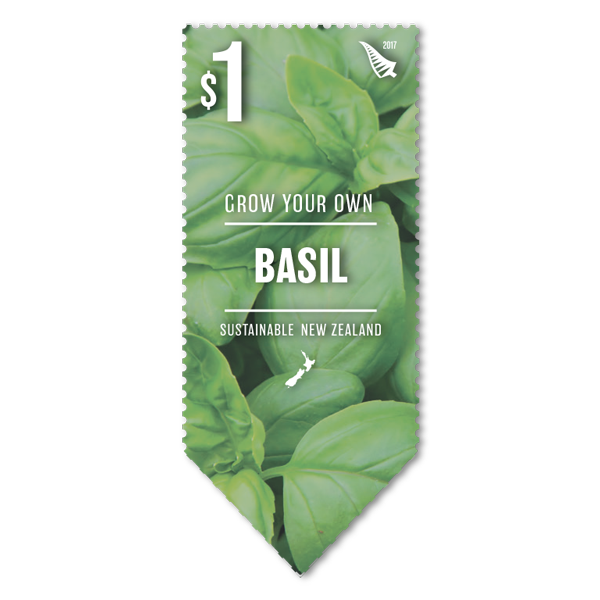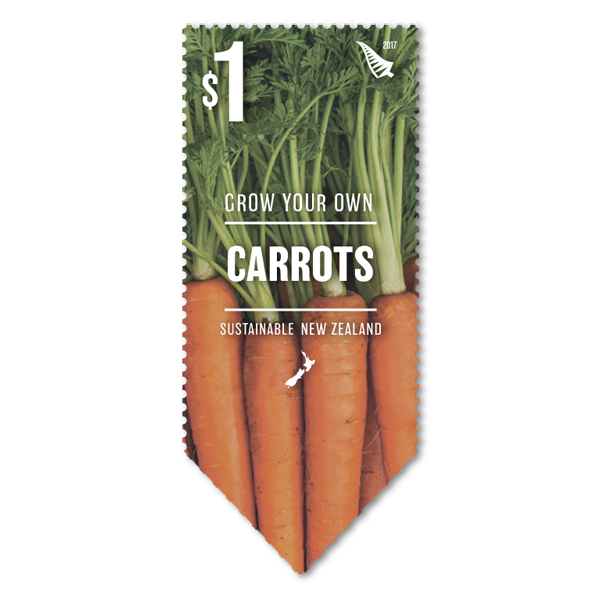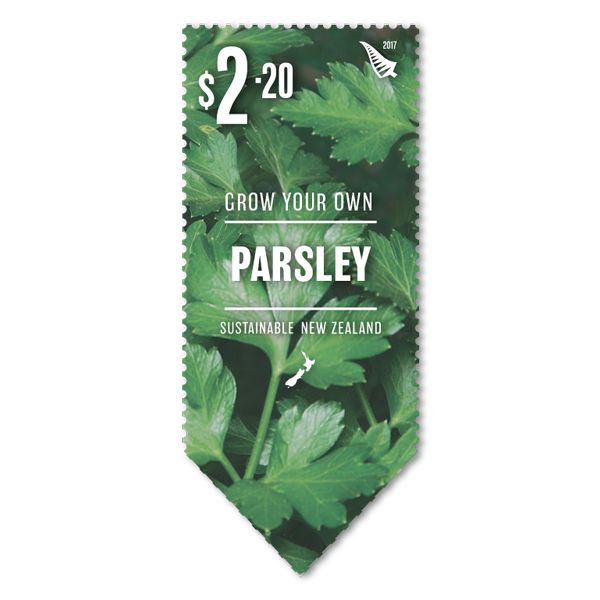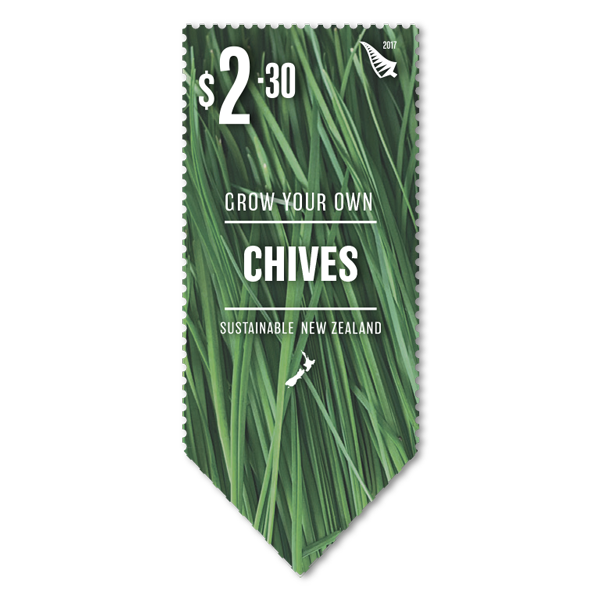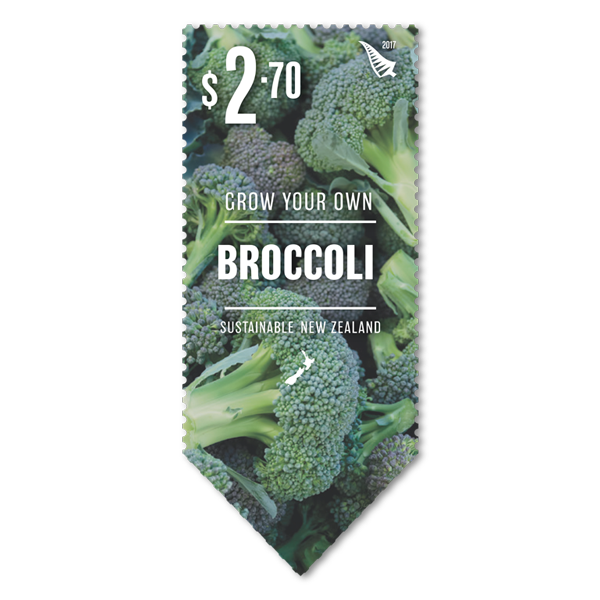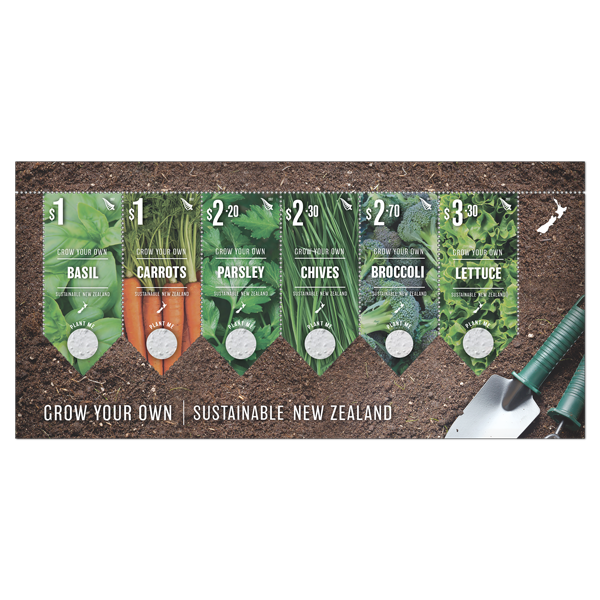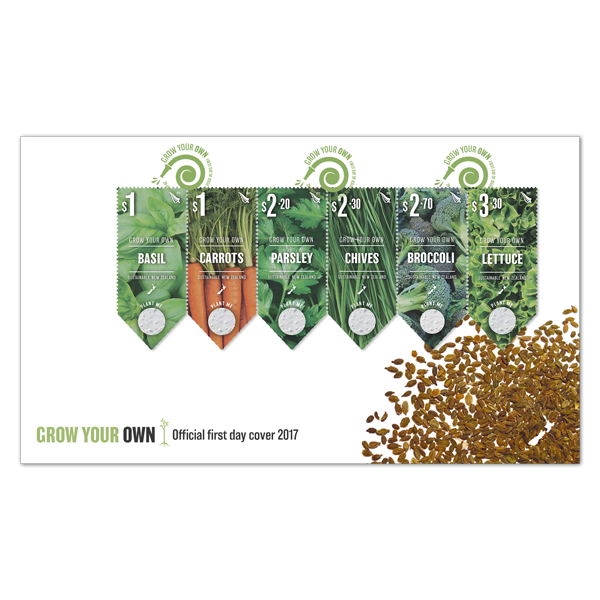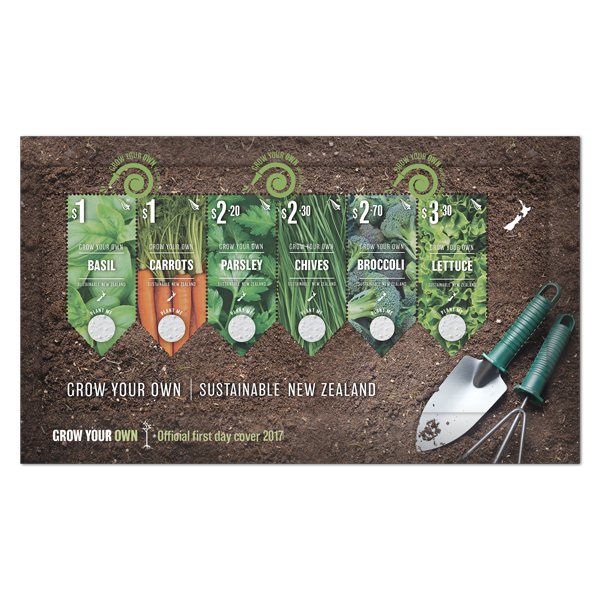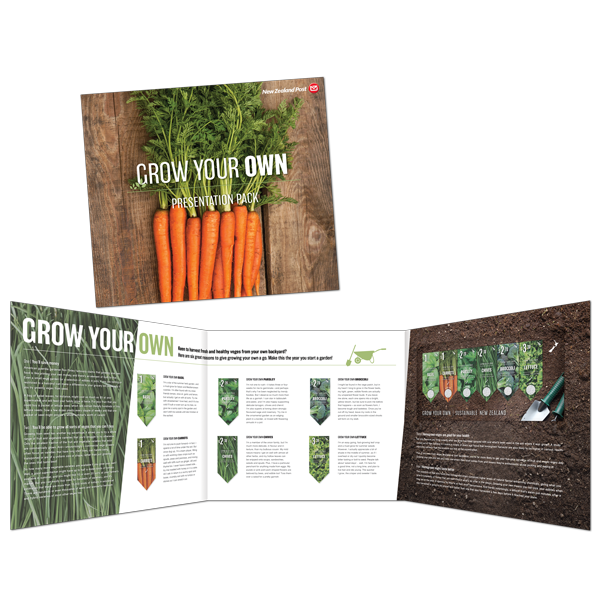A great way to save money, feel good and eat healthy is to grow your own herbs and vegetables. Not only is it extremely satisfying to see your hard work sprout into life, you know exactly where it's come from.
Grow your own products containing seeds could not be sent overseas.
Issue information
When it comes to growing your own herbs and vegetables, there’s a lot of things to take into consideration. You need to figure out how much time you’re willing to dedicate to your garden, what time of year are you planning to plant? What are your local weather conditions? Do you have enough space?
Some herbs can grow quite happily indoors in pots on your window sill, others will need to start their germination process indoors and then be transferred to the garden.
The three herbs in this issue - basil, parsley and chives - will grow best if they start their growing process indoors. Most herbs are relatively low maintenance, they can thrive in most types of soils and are often not the target of disease or insects. But they do need plenty of sunlight, well-draining soil and moderate temperatures. If you’re in a location that can get a little nippy over winter, it might be best to plant in pots or trays so you can move your herbs indoors if temperatures drop.
Growing your own veges has many advantages. First off, you’ll have a much wider selection than what’s on offer in the supermarket, you’ll save money, and you’ll always have fresh produce ready and waiting. There’s also the feel-good factor of growing your own.
While most vegetables only need about 15-20 centimetres of well fertilised soil, others, such as carrots, will need deeper soil as they grow downward. Carrots, broccoli and lettuce all thrive in slightly cooler temperatures. You just need to keep the soil free of rocks and weeds. Lettuce can withstand light frosts and just like carrots and broccoli will grow in a little shade. This means that they can be planted with taller crops such as tomatoes.
You could learn a little about growing your own, gather some handy tips on how to care for the range of herbs and veges in this issue, and even gain some insight into the best combinations for your new garden.
First Day Cover
Planning is key when it comes to planting your vegetable or herb garden. Choosing the right location and knowing in advance how much space each plant will need will reduce the risk of having an overcrowded vege patch.
Miniature Sheet First Day Cover
Transferring your herbs can be it of a tricky business, but if you live in a temperate climate then it is worth it. Make sure your seedlings reach the right size before you move them, water them frequently following replanting and make sure that the soil is appropriate and accommodating for young seedlings.
Miniature Sheet
For a successful crop, regardless of the type of plant, you must have a nutritious base to start. Make sure that your soil is free of any rocks or obstacles and that you’re using a fertiliser suitable for your plants.
Presentation Pack
If you were still not convinced that growing your own herbs and veges is for you, then you definitely needed to check out this fun and educational presentation pack. You could read about why growing your own is good for your health, wellbeing and wallet. And find out more about each individual plant with cute descriptions as told by the plants themselves.
Grow Your Own - Sustainable New Zealand Non-seed
Technical information
| Date of issue: | 4 October 2017 |
|---|---|
| Number of stamps: | Six gummed stamps |
| Denominations: | 2 x $1.00, $2.20, $2.30, $2.70 & $3.30 |
| Stamps and first day covers designed by: | Hannah Stancliffe-White, New Zealand Post, Wellington, New Zealand |
| Printer and process: | Southern Colour Print Ltd, New Zealand by offset lithography |
| Number of colours: | Four process colours |
| Stamp size and format: | 25.71mm x 60mm (vertical) |
| Miniature sheet size and format: | 185mm x 90mm (horizontal) |
| First day cover size and format: | 205mm x 120mm (horizontal) |
| Paper type: | Tullis Russell 104gsm red phosphor gummed stamp paper |
| Number of stamps per sheet: | 10 |
| Perforation gauge: | Stamp: 14.4 x 14; Miniature sheet: 14.4 x 14 plus diecut |
| Period of sale: | These stamps remained on sale until 3 October 2018. First day covers remained on sale until 3 December 2017. |


